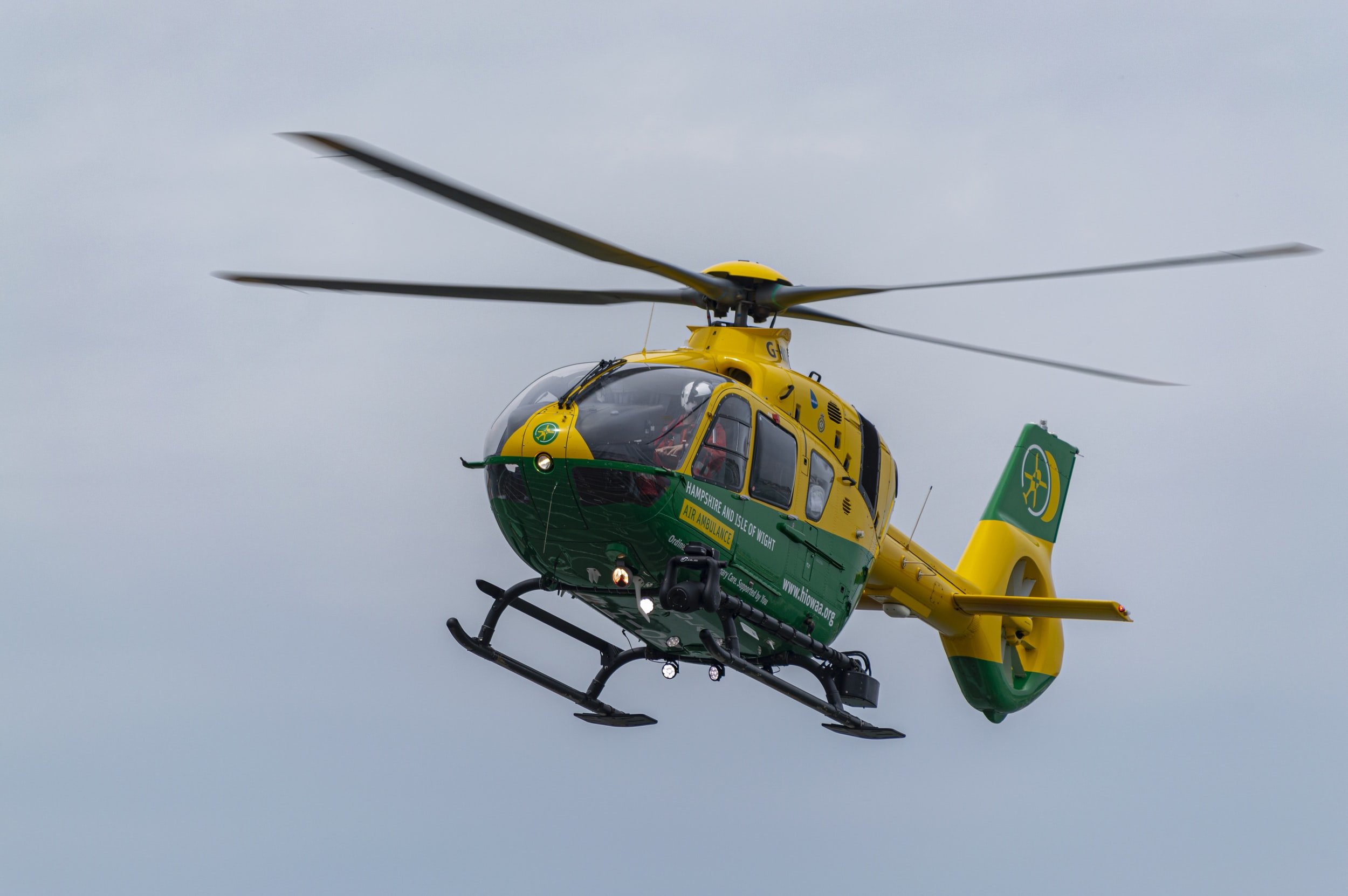
EMS is critical to our nation’s health. Let’s do it right.
Emergency medical services providers need the right tools, training, and support to be quality clinicians.
Our mission is to provide a space for emergency medical services providers to collaborate, bring awareness to the needs of EMS and the health system overall, and improve upon and expand the limits of prehospital care.
The public deserves the best care possible. So do clinicians themselves.
Local, state, and national governments need to take actions to help EMS providers deliver the best prehospital care possible to our communities.
Expanding education and opportunities for clinicians serves communities.
EMS clinicians that are able to continually expand their education, career, and overall scope of practice provide better care to the communities they serve. The United States falls behind in this.

Planned throughout 2020 and finally launched in 2021, EMS.Aware is destined to be a hub for EMS news, advocacy, education, and awareness efforts.
Let’s learn together and enrich EMS as a whole, one article and one person at a time.
Interested in hearing about new initiatives, articles, or website updates? Add your email to our mailing list below.

















